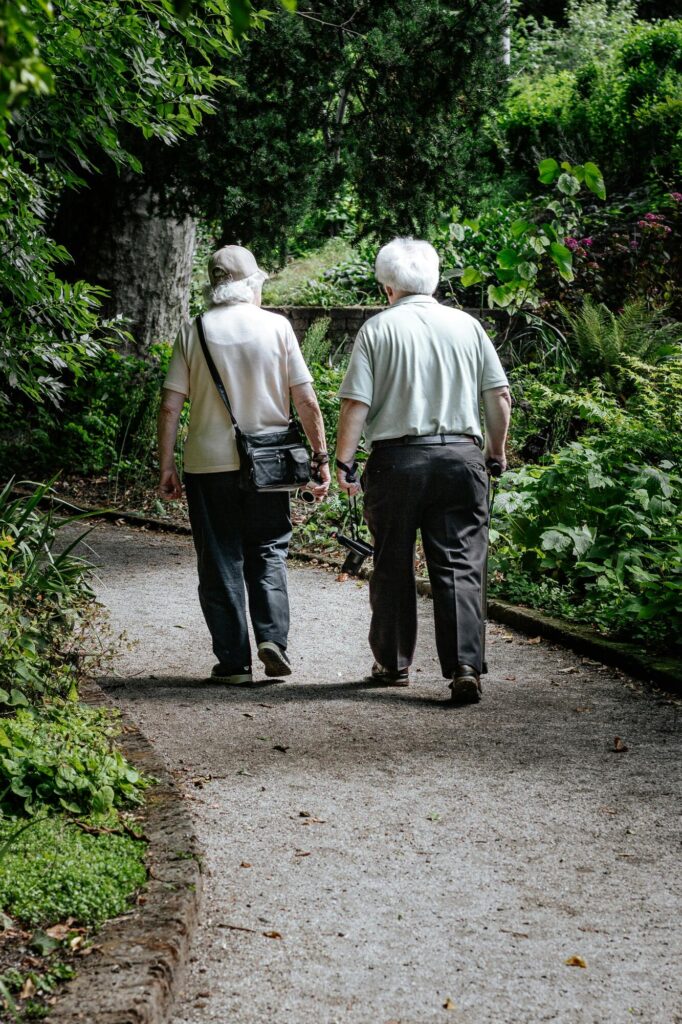Have you ever wondered what happens when an older adult goes missing?
Silver Alerts are emergency notifications designed to help find seniors quickly. These alerts involve law enforcement, media, and the community. They provide critical information like descriptions and locations.
Understanding how Silver Alerts work can help families protect their loved ones. Knowing when and how to act can make a difference in emergencies. Elder protection also includes safety measures and support systems.
Let’s explore ways to keep seniors safe and informed.
Purpose of Silver Alerts
Silver Alerts help find older adults who go missing. They send urgent warnings to police and the public. These alerts aim to locate seniors fast and keep them safe.
The alerts also inform the community when a senior is in danger. Quick notice allows people to help. Police, media, and neighbors all work together to share alerts.
Silver Alerts protect seniors who may have memory problems or health issues. Fast action can prevent accidents or injuries. Their main goal is safety and quick recovery.
Who Can Issue Alerts
Local or state police usually issue Silver Alerts. They check reports about missing seniors to see if an alert is needed. The police decide if the case meets alert rules.
Other authorities may help spread alerts. Transportation offices, TV stations, and social media can share the notice. Working together helps alerts reach more people fast.
Family or caregivers report missing seniors to the police. They give important details that help officers act. Without these reports, alerts would take longer and be less useful.
Information Included in Alerts
Silver Alerts give clear details to help find seniors. They usually include the person’s name, age, and description. This helps people recognize the missing adult.
Alerts often give the senior’s last known location. If the person is in a car, the vehicle description is shared too. Sometimes maps or directions are added to help responders.
Health conditions or medications may also be included. These details make sure seniors get the right help. The goal is fast and safe recovery for every missing senior.
Steps Families Should Take
Families should report missing seniors to the police right away. Giving full details increases the chances of finding them fast. Quick reporting helps the alert system work well.
Families should keep contact numbers and medical records ready. This helps police know the senior’s needs. Neighbors and local groups can also be informed to help.
Preventive actions are important too. Families can plan safe routines, mark important places, and teach seniors how to ask for help. Being careful reduces the chance of disappearance.
Supporting Elder Safety Daily
Daily safety measures for senior residents help prevent problems. Secure locks, emergency alert devices, and clear walking paths make homes safer. These steps lower risks.
Regular check-ins and social contact support seniors’ health. Seniors who talk to family or friends can share problems quickly. Caregivers can watch daily routines for safety.
Teaching seniors about risks is important. They can learn to use technology, manage medicine, and report unusual events. Combining awareness with safety measures for senior residents keeps them safe every day.
Elder Protection: Staying Safe and Prepared
Keeping older adults safe is very important. Families, neighbors, and communities all play a part in elder protection. Quick action during emergencies can save lives.
Teaching seniors how to get help and using simple safety tools make a big difference. Working together ensures that older adults stay secure and supported. Everyone can help create a safer environment for those who need it most.
For more helpful blog posts like this one, visit the rest of our site!







